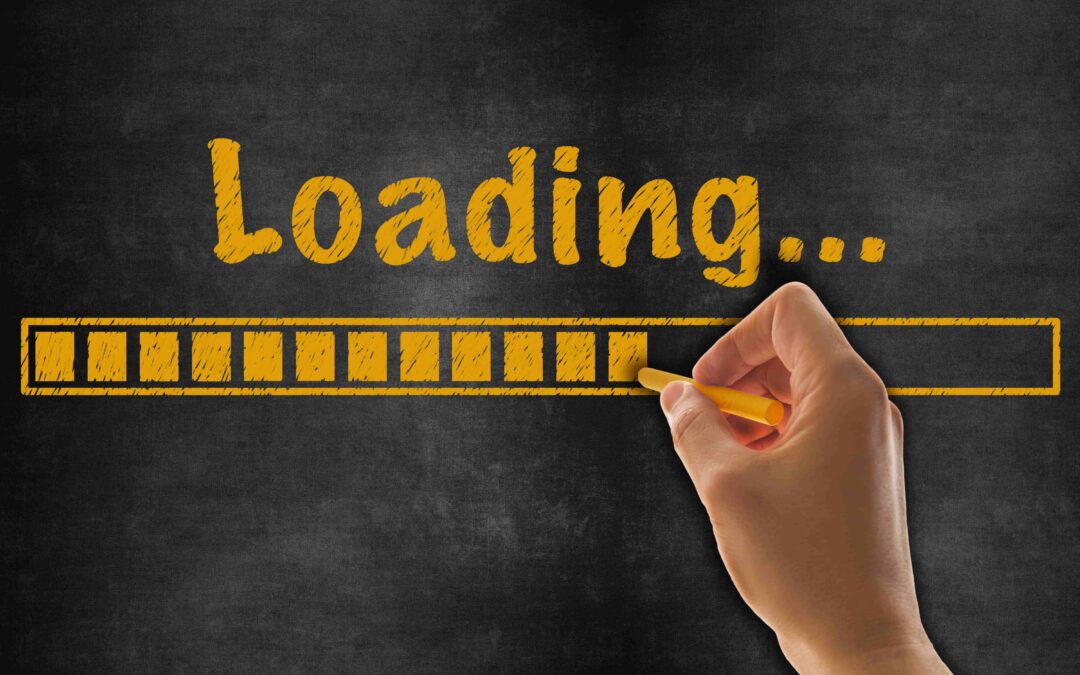Page load time is the measurement of how fast it takes for content on a web page to load. There are two ways to measure the page speed:
- Page load time: This is the amount of time that passes between the browser sending the request to the server and the page to fully loading and rendering.
- Time to first byte: This is the amount of time that passes between the request being sent to the server and the browser receiving the first byte of data.
Why is page load time important for SEO?
Page load time affects user experience. Google considers it as one of the 200 ranking factors that influences search engine optimization. Every website wants to earn more visitors and obtain a higher ranking. You can lose your position in seconds if your site loads slower than competitors.
A website’s crawl rate is also associated with load time. The faster a site loads, the quicker the crawl rate. If your pages load quickly, Google will have an easier time crawling them.
How to improve your page load time for SEO?
These are some tips to improve your page load time:
1. Optimize image size and format: The loading time of a website is affected by images because they take up a lot of bandwidth. To decrease the size of images you can use a tool like Photoshop to set them to 72 DPI. To further compress and reduce the size of images, you can use image optimization tools like:
- JPEG and PNG stripper
- Smush.it
- Online image optimizer
- SuperGIF
JPEG and PNG are standard image formats to optimize images.
2. Optimize plugin dependencies:
- Plugins: Plugins can slow down your site speed, so avoid having any unnecessary ones. You can use a content management system (CMS) that has built-in plugins.
- Tracking Scripts: You should not use multiple tracking software as they may hinder page speed. For instance, if you use a CMS like WordPress, you should allow either the CMS stats or Google Analytics to run scripts on your page. There is no need for both of them.
- CMS software: Nowadays, most people prefer using a content management system to develop their sites. From time to time, the CMS will have updates that improve site speed.
3. Avoid inline JS and CSS files: It is good for page speed to place the js and CSS of the site in external files. When the page loads, the browser caches these files externally and reduces the page load time. Moreover, It becomes easy to maintain the site with external js and CSS files.
4. Optimize the caching: When the visitors browse any site, all the things like images, videos, CSS and js files loads as well which takes a lot of time to load. When you set up caching correctly, the browser can store all these files and media for subsequent requests. With this caching setup when the pages are requested repeatedly then browsers can retrieve them from the cache rather than downloading again from the browser. This can also reduce the bandwidth and hosting costs.
5. Avoid render-blocking scripts: You should place the javascript files at the end of the body or use async attribute to load them asynchronously.
6. Avoid redirects: Avoiding redirects can also help to improve page speed. It is acceptable that we need redirects for some reasons but while using redirects, do not forget to use them with proper HTTP which will increase the page speed. You should also check broken links regularly and fix them immediately.
7. Minification of Javascript and CSS: The process of compressing the code by renaming variables to shorter names is called minification. It helps to reduce the size of code and increase loading time.
8. Reduce Cookie Size: Cookies are used to store data that needs to persist between requests. This data is sent on every request and adds to the load time when it’s big. Hence, by reducing the size of the cookies you reduce the size of the data that is transferred and decrease the page load time. Eliminate unnecessary cookies or reduce the size of the cookies.

